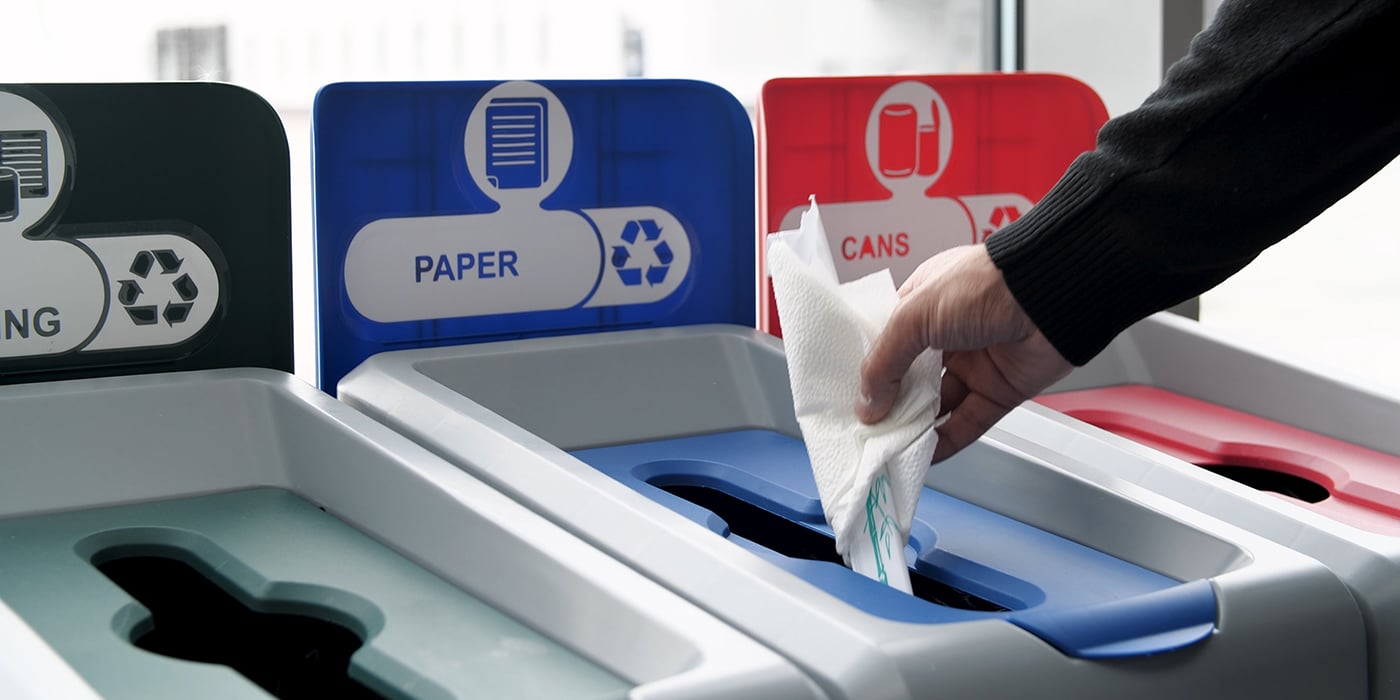“Zero Waste” has become an objective for many universities, municipalities, sports venues, building facilities, and other organizations – and this objective continues to be driven by the desire to minimize and eliminate waste in order to save money, while also meeting employee and customer expectations for environmental responsibility.
What exactly is “zero waste” – and how can zero waste be achieved?
Zero Waste – Progression of a Definition
Zero waste is defined by the Zero Waste International Alliance as “the conservation of all resources by means of responsible production, consumption, reuse, and recovery of products, packaging, and materials without burning and with no discharges to land, water, or air that threaten the environment or human health.”
This definition of zero waste is a progression from the original definition by the Zero Waste International Alliance, and although the new definition is more consolidated and focused, it is still valuable to see the progression: “Zero Waste is a goal that is ethical, economical, efficient and visionary, to guide people in changing their lifestyles and practices to emulate sustainable natural cycles, where all discarded materials are designed to become resources for others to use. “Zero Waste means designing and managing products and processes to systematically avoid and eliminate the volume and toxicity of waste and materials, conserve and recover all resources, and not burn or bury them. Implementing Zero Waste will eliminate all discharges to land, water or air that are a threat to planetary, human, animal, or plant health.”
Depending on who you consult, however, there may be some slightly different definitions – as the EPA website states, “Zero waste has been defined in various ways by different entities.” The EPA has a webpage that compiles some of these definitions for reference.
For the most part, each of these definitions includes some form of the following elements:
- Maximizing diversion from the landfill through waste management planning
- Reducing waste at its source through life cycle analysis and system design
- Applying a “cradle to cradle” approach to waste management, as opposed to “cradle to grave”
- Applying metrics: some definitions state “zero waste” means absolutely zero waste to the landfill, while others state zero waste means at least 90% diversion
So now that some working definitions of zero waste have been established, how can zero waste be achieved?
Zero Waste – A Checklist
Zero waste represents an ideal, and is an admirable goal for any organization – and while there is no magic wand that can be waved to achieve zero waste, here are some suggestions that can be very helpful in getting you started on the path to achieving this objective:

Select a Recycling Coordinator:
A Recycling Coordinator oversees waste management initiatives, conducting audits to identify recyclables and alternatives to landfill disposal. They choose waste haulers, customize systems for facilities, campuses, or venues, educate occupants, and monitor progress in waste diversion programs.

Determine Which Materials To Collect:
Align with city regulations and your waste hauler after the waste audit. Identify materials like glass, paper, and cardboard for collection, leveraging existing infrastructure. Explore recycling food scraps, a significant portion of landfill waste (20-30%), with composting as an alternative. Contact your municipality for local options.

Promote Employee/Tenant Participation:
Educate your employees and building occupants and celebrate waste diversion successes! Getting to Zero Waste takes teamwork, and it always helps to get everyone involved and making contributions to the overall effort.
Zero Waste – Additional Resources
Check out the EPA website and CalRecycle website for additional resources regarding zero waste initiatives for municipalities in the State of California, and check out the Grassroots Recycling Network for additional profiles on some businesses who have reported they have diverted over 90% of their waste from landfills and incineration.
Whether your company is looking to improve your existing waste diversion program or you are just getting started, Envoy Solutions can assist you from start to finish.





